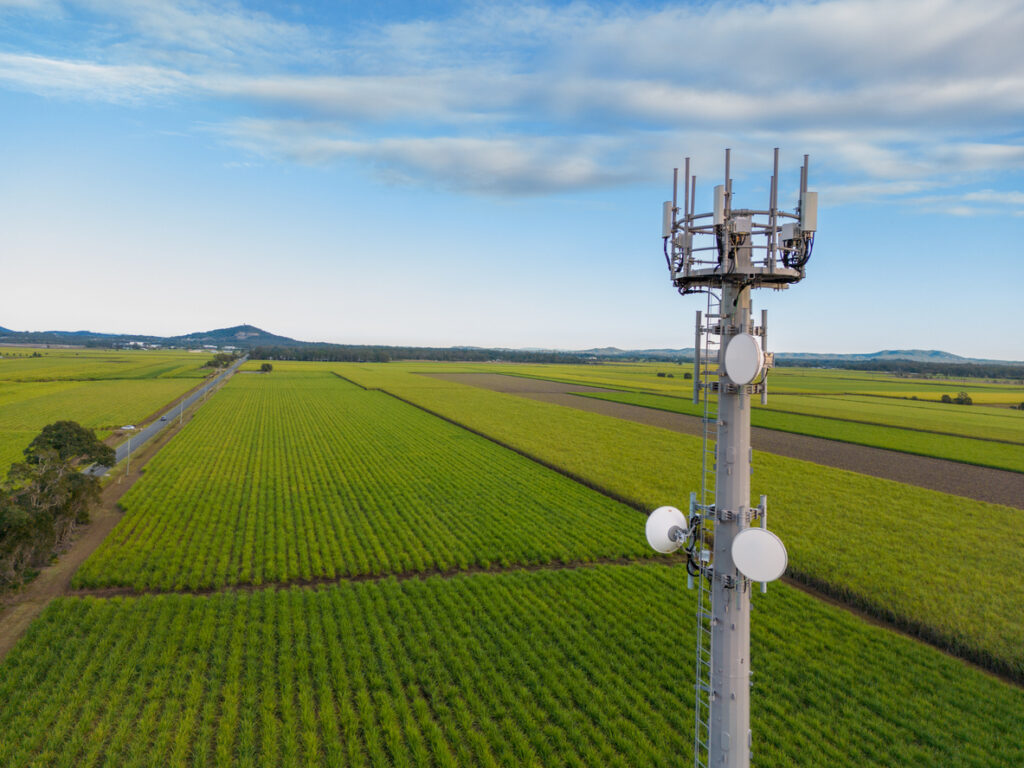Managing Technology Expenses 101
With the rise in dependence on technology, enterprises are feeling the pinch. Many lack the required visibility into technology inventory and assets. Without transparency, it’s nearly impossible to reduce inefficiencies and costs. Managing technology expenses should be a top priority because the lack of visibility and control puts companies at risk. Technology Expense Management (TEM) isn’t always enough.
A Deloitte Global CIO Survey reported that depending on the industry, technology spending as a percentage of revenue can be as high as 8 percent as companies adopt cloud technology and embrace Agile methodologies to meet demand. Deloitte says, “This demands a fundamental shift in the IT operating model and cost structures and entails looking beyond the traditional distinction between operations and capital expenses to track and report investments across business operations, incremental business change, and business innovation.”
While TEM introduced automation to the process of managing technology expenses and was a huge step forward, it doesn’t optimize expenses. Companies need an additional layer: Technology Expense Optimization (TEO). With TEO, you aren’t just eliminating manual processes, but you are automating how you resolve identified issues and lower your technology costs across your infrastructure.
Here are the additional benefits a TEO solution brings to TEM:
1. Dynamic Inventory Management
One of the hardest parts of managing technology expenses is understanding exactly what you have in your network. The more locations you have, the easier it is for technology expenditures to get out of control and off IT’s radar. While you want employees to be able to use the technology that works best for them, giving everyone free reign to purchase cloud applications and sign as-a-service contracts significantly increases security risks and costs.
Many companies rely on manual database entries of new inventory. This is an unreliable and inaccurate method of documenting exactly what is in the network. Instead, Technology Expense Optimization automatically updates your inventory database as soon as a user receives an invoice and resolves exceptions. Your database is not only more accurate and reliable, but it also serves as a centralized record of the current status of your infrastructure.
Related: Streamline Your Billing Process and Reduce Your Spend with Technology Expense Optimization
2. Service Level Invoice Auditing
Across the globe spending on cloud-based software numbers in the trillions and the number of cloud-based apps per company is rapidly growing, making it even more challenging to to audit their invoices to determine if there are any billing inconsistencies. Without proper oversight, the often complex invoices can slip through the cracks and end up costing your company millions in wasted expenditures.
TEO adds another layer of governance on top of your existing processes, automatically audit checking every invoice for you. It works in the background, comparing billing data to service inventory data line by line. Any discrepancies are flagged and you receive a notification for further review. This automation not only protects your enterprise from incorrect billing issues that drive up costs, but it saves resource time and effort that can be spent on other initiatives.
3. Embedded Exception Resolution Tools
A common challenge of managing technology expenses is resolving billing issues. While TEM will automatically identify billing issues, it doesn’t have the capacity to resolve them. Resources still have to manually research each discrepancy and verify it against additional data.
Technology Expense Optimization, on the other hand, takes those identified billing issues and offers users powerful tools to quickly research and resolve them, often with only a click or two. Issues can be as simple as wrong invoice details to billing disputes, but when you implement TEO, resolving any issue takes a fraction of the effort.
4. Proactive Contracts Management
There’s a not-so-secret secret in cloud services. Contracts often rollover to the next contract period without alerting you so you can review the contract to ensure it is still meeting your business and user needs. CIO says, “Most cloud subscription agreements include default language around auto-renewals. This language should be removed from cloud subscription agreements and alarm bells should go off if software vendors are reluctant to do so.”
Unless you negotiate the contract to remove this requirement or you have a system in place to track every coming-due contract, there’s a good chance some of your on-demand cloud applications will automatically renew without any oversight, costing you big time.
Managing technology expenses requires a thorough and proactive contracts management strategy. BCM One’s TEO solution automatically sends an email notification to the appropriate people on your team ahead of upcoming contract milestones that need reviewing, such as auto renewals, tariff rate conversions, and extensions of off-market contracts. Going a step further, BCM One will work to find you competitive quotes you can compare with your existing contracts to make sure you are always working with the right suppliers. They will even help you transition your contract to another provider.
5. Custom Workflow Integration
An important aspect of managing technology expenses, specifically in a large and/or dispersed business, is understanding roles and responsibilities. Often, the larger companies struggle with siloed departments that don’t necessarily share information or business practices. To make things worse, TEM tools don’t always allow for customization or integrations.
Technology Expense Optimization is all about streamlining processes and providing complete transparency. You can customize where you want invoice data to go, and because the solution integrates with the most widely-used accounting software, vendor management applications, and ERP tools, it’s easy to direct processed invoice data wherever you need it to go – automatically. No matter where people work, they have access to the same data.
Whether you are already leveraging a TEM solution or recognize you need to enhance your current capabilities, take a look at Technology Expense Optimization. It will make managing your technology expenses much simpler, providing needed transparency and efficiency that will directly impact productivity and reduce your overall technology spend.





